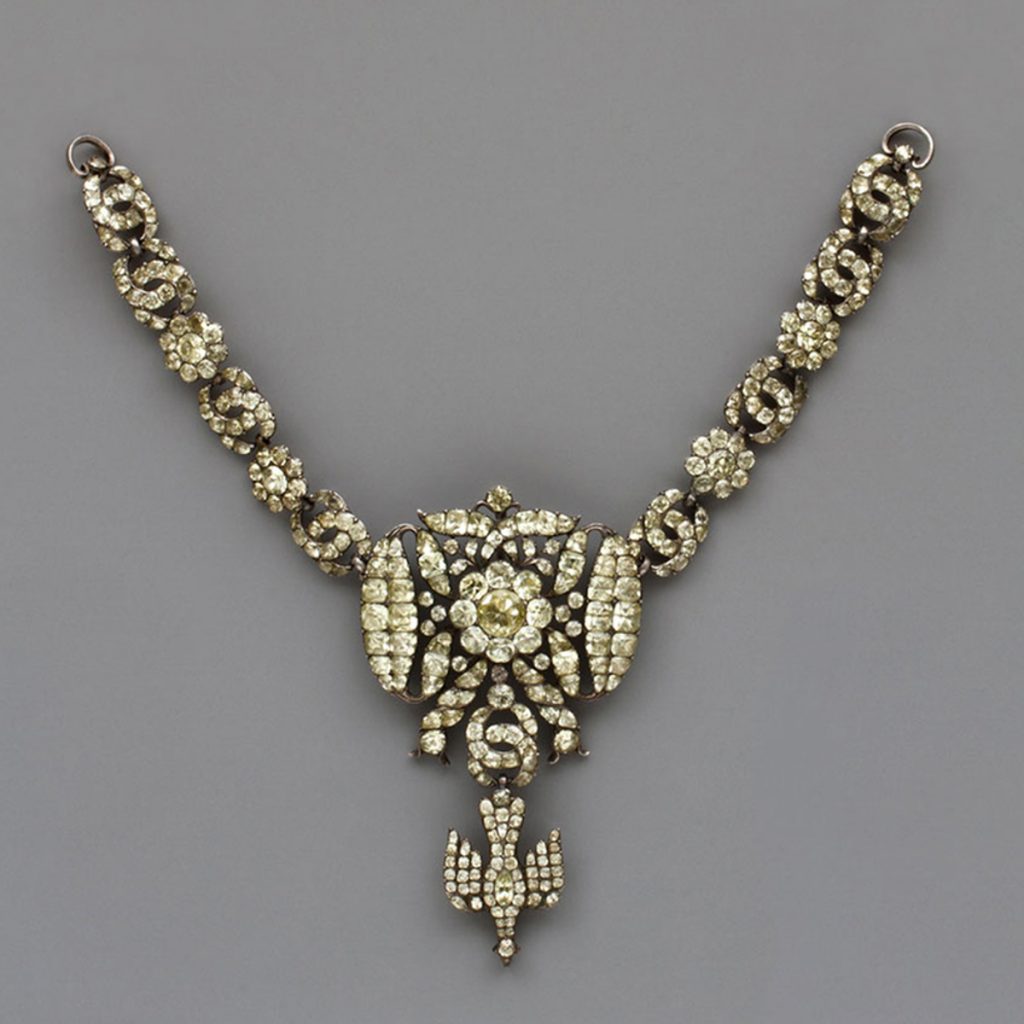The significance attributed to the various objects the elites used to surround themselves with has recently enjoyed a growing interest from some sectors of the scientific community. Silverware, jewelry and fabrics are joined by portraits of themselves or their ancestors revealing the significance of various objects.
Jewelry was of extremely importance
In fact, the making of portraits was reserved for the highest elites, especially until the end of the 18th century. But the social profile of those portrayed only changed from the 19th century onwards.
Jewelry was of extremely importance in 19th century portraits, because they were aiming at highlighting certain types of jewelry and the status associated with them.
There was a clear desire to leave for posterity the image of the person portrayed, associated with the prestige in life that the portrait or even a series of portraits showed. So, it constitutes one of the most curious means of ascertaining the symbolic potential of this artistic expression.
Objects of memory
These representations of men, women or children, alone or in groups, were also likely to be contemplated by their contemporaries, who lived with them. In other cases, it would be an object of memory of the children, who were away from home. It used to function as a souvenir to the parents, especially at a time when the photograph did not yet exist. The objectives that would determine the execution of a portrait were many and different. In addition to the strength of the jewels the portrait revealed the personality of the person represented in it, and of someone’s intention to expose their tastes and convictions, in addition to, of course, their own physical characteristics.



